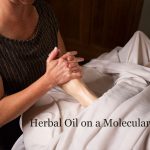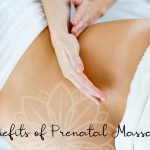Learn How Regular Massages Can Help You
Therapeutic massage offers many potential health benefits including increased blood flood and circulation, decreased tension in the muscles, and increased endorphin levels. These benefits are helpful in the healing process by bringing nutrition to muscles and easing anxiety to reduce pain and speed recovery. However, one session of therapeutic massage may not be enough. Routine therapeutic massages can have significant additional benefits.
Prevention of Injury
Massage can be a very powerful asset for preventive care. By seeing a massage therapist regularly, you can prevent minor skeletomuscular injuries from becoming major problems that could lead to loss of mobility or flexibility later in life. Therapeutic massage specifically works to lengthen muscles that are stuck in a pattern of chronic shortening. If you’re worried about the cost of regular massage sessions, consider how costly prescription drugs, doctor visits, and surgeries would be. The cost of prevention may be better than the cost of a cure.
Improved Posture
Poor posture often develops over time as a compensation related to joint and muscle discomfort. Routine therapeutic massage combats this by loosening muscles. It also provides relaxation for joints. This allows the body to return to its natural position.
Promotion of Circulation
Therapeutic massages help blood and other essential body fluids to flow throughout the body. Blood carries oxygen and nutrients to organs and muscles within the body for optimal functioning. Lymph is a fluid that carries away toxins and impurities from tissues. A regular massage routine could help to lower blood pressure, potentially preventing chronic illnesses.
Strengthened Immune System
Therapeutic massages can help boost your immune system by increasing the activity level of the body’s defensive cells. Routine massage treatments promote the body’s ability to naturally fight bacteria and infection. If you are always getting sick, or just tend to feel “under the weather” more than most people, a regular massage routine might help you bounce back.










